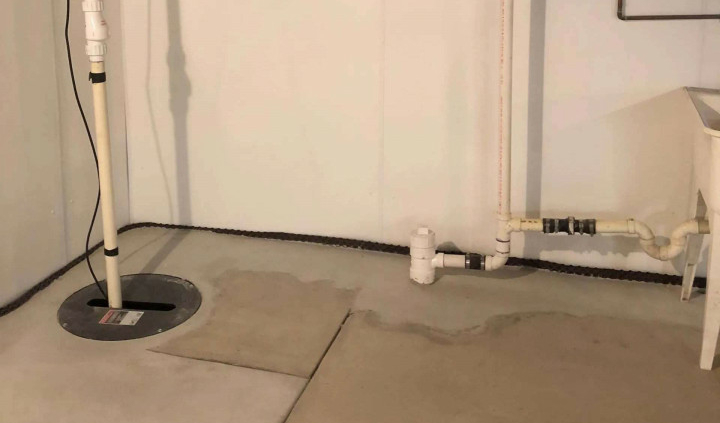The Science Behind Basement Moisture Control: A Deeper Dive into the Process
Your basement, often the unsung hero of your home, has the potential to be a versatile space—whether it’s a cozy retreat, a functional storage area, or a creative haven. However, the perennial issue that plagues many basements is moisture. Understanding the science behind basement moisture control not only demystifies this common problem but also equips you to make informed decisions to keep your basement dry and comfortable.
The Water Conundrum: Unraveling the Source
Moisture in basements usually stems from two primary sources: external water penetration and internal moisture generation. External water can infiltrate through foundation cracks, porous walls, or poorly sealed windows, while internal moisture arises from activities like cooking, laundry, and bathing. The first step in effective moisture control is identifying the source and implementing targeted solutions.
Understanding Humidity: The Silent Culprit
Humidity, the measure of moisture in the air, plays a pivotal role in basement environments. Excessive humidity not only creates an uncomfortable atmosphere but also provides an ideal breeding ground for mold and mildew. Moisture control involves regulating humidity levels, striking a balance that ensures comfort while preventing the conditions conducive to mold growth.
Ventilation: The Breath of Fresh Air
Proper ventilation is a cornerstone of effective moisture control. It involves the strategic exchange of indoor and outdoor air, helping to reduce humidity and prevent the stagnation of moist air. Ventilation systems, such as exhaust fans and dehumidifiers, work synergistically to keep the air circulating and maintain optimal moisture levels.
Waterproofing Measures: A Protective Barrier
Basement waterproofing is a proactive approach to combat moisture intrusion. It involves applying sealants, coatings, and membranes to vulnerable surfaces, creating a barrier that prevents water from seeping through. The science behind these materials lies in their ability to repel water molecules, keeping your basement dry and resilient against external moisture sources.
Foundation Drainage: Guiding Water Away
An integral part of moisture control is directing water away from the foundation. Foundation drainage systems, such as French drains or exterior grading, play a crucial role in diverting rainwater and preventing it from accumulating around the base of your home. This strategic redirection mitigates the risk of water infiltrating your basement.
The Role of Soil Composition: Nature’s Absorbent Sponge
The soil surrounding your home has a significant impact on basement moisture levels. Different soil types absorb and retain water at varying rates. Understanding your soil’s composition allows you to tailor moisture control strategies accordingly. For instance, clayey soils retain more water, necessitating additional drainage measures.
Maintaining a Tight Building Envelope: The Fortification Strategy
A tight building envelope is like a protective shield for your home. It involves sealing any potential entry points for moisture, from tiny cracks in the foundation to gaps around windows and doors. This comprehensive approach ensures that your home remains impervious to external water intrusion.
Regular Maintenance: The Key to Long-Term Success
While understanding the science of basement moisture control is crucial, ongoing maintenance is equally vital. Regular inspections, prompt repairs, and consistent monitoring of humidity levels contribute to the long-term success of your moisture control efforts.
A Holistic Approach to Dry Basements
The science of basement moisture control is a multifaceted endeavor that requires a holistic approach. From understanding the sources of moisture to implementing targeted solutions like ventilation, waterproofing, and proper drainage, each step contributes to creating a dry, comfortable, and resilient basement environment.
By grasping the intricacies of moisture control, you’re not just combating a common household issue; you’re unlocking the full potential of your basement space and ensuring it remains a valuable and enjoyable part of your home.




